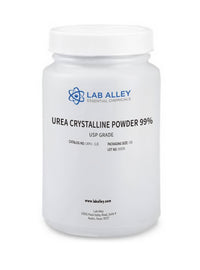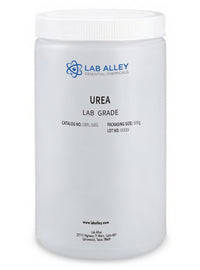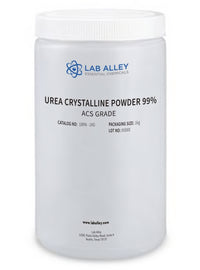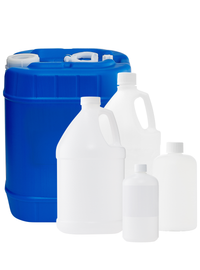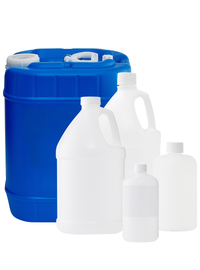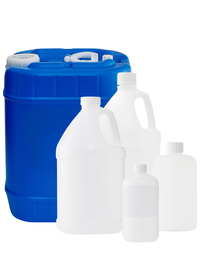Urea
Urea
Pure Urea in Powder, Liquid, Pellet and Crystal Form
About Urea
Scientifically known as carbonyldiamine or carbonyldiamine, it is a nitrogenous organic compound with the molecular formula of CH₄N₂O. It is colorless to white, prismatic crystals, or white crystalline powder, small white pellets, odorless, but in the presence of hydrated air, Urea has the characteristic smell of ammonia; it is odorless in the presence of dry air.
Urea is soluble in water, alcohol, and benzene, slightly soluble in ether, and almost insoluble in chloroform.
It is a safe, useful compound that is naturally produced by protein metabolism and found abundantly in mammalian urine. Commercially, Urea is synthesized from dry carbon dioxide and ammonia. Ammonia and carbon dioxide (CO2) react exothermically to produce the carbamate salt, which is then heated to form Urea. The heat produced in the first reaction drives the second. Typically, ammonia and Urea are manufactured in the same plant so that some carbon dioxide byproducts from ammonia production can be used to produce Urea.
Other than ammonia, Urea has the highest nitrogen content of all industrial chemicals. In addition to its high nitrogen content, Urea is particularly useful because it can be applied as a solid in pellet form; and its high solubility in water allows it to be incorporated into solutions with other plant nutrients.
Urea is generally recognized as safe by FDA (The Food and Drug Administration) for the following uses: side-seam types of cement for food contact, an inhibitor or stabilizer in pesticide formulations and formulations applied to animals, surface sizing, coating for paper, low-moisture fats and oils, moist bakery products, dry solids with surface containing no free fats or oil, and to facilitate fermentation of wine metabolism.
Cosmetic use
Urea is an organic compound incorporated into cosmetic preparations for the following reasons: for its moisturizing action, desquamating action (Urea dissolves the intercellular cementing substance in the stratum corneum), antimicrobial activity (the increased uptake of water interferes with the growth requirements of microorganisms) and buffering action. It is utilized as a buffering agent, humectant, and skin conditioning agent in cosmetic product formulations.
Non-Cosmetic use
Urea is generally recognized as safe (GRAS) for the following purposes: Due to its high nitrogen content, it is commonly used as fertilizer and other use, which includes the production of melamine and formaldehyde resins, adhesives, and plastics.
In medicinal use, Urea is used as a tissue softener for nails, treating dry and rough skin and eczema.
Also, Urea is a nutritional factor and antiseptic that promotes the healing of infected wounds. It can be used intravenously (IV) as an osmotic diuretic to reduce intracranial and intraocular pressure. Topical uses include the treatment of psoriasis, ichthyosis, and atopic dermatitis and to remove the excess of keratin from dry skin.
Besides of its use as a fertilizer, it is also a chemical intermediate, a stabilizer in explosives, a diuretic for animal feed, plastics, adhesives, sulfamic acid production, production of biuret and to separate hydrocarbons, flameproof agents, and to modify the viscosity in starch or casein-based paper coatings.
Common Uses and Applications
- Hair conditioners
- Hair dyes and colors
- Nail cream and lotions
- Cleaning products
- Moisturizer
- Nitrogen release fertilizer
- Stabilizer in nitrocellulose explosives
- Chemistry reagent
- Manufacturing of high explosive
- Animal feed additive
- Synthesis of ethanol and food fermentation
- Resins and Adhesive
Industries
- Fertilizer And Fuel Industry
- Agricultural
- Nutrition And Care
- Resin And Plastic
- Biodiesel Water-Based Polyurethanes
- Paper And Textile Chemicals
- Pharmaceutical


